Buy this landscape artwork Enchanting red poppy field by Silva Wischeropp on canvas, ArtFrame, poster and wallpaper, printed on demand in high quality.
About "Enchanting red poppy field"
by Silva Wischeropp
About the artwork
Magical poppies in the fantastic fields of Brandenburg in eastern Germany. This explosive shot was taken in the evening hours with the Nikon D90 on 12 June 2021. And yes, it's true that I've been a poppy lover since early childhood, a perfect place to heal the soul.
The red colour of summer
The poppy has been with us since the Neolithic Age.
The poppy's main flowering season is actually in spring, namely in May and June. Nevertheless, it is considered one of the summer companions par excellence. As soon as the poppy blooms, the bright and warm time of the year has finally begun.
When the delicate petals of the poppy unfurl from their buds, they appear to be made of wafer-thin, crumpled paper. The individual flowers only last two to three days before they wither. But all in all, the poppies remain in bloom into August and beyond, producing new red flowers day after day.
Now widespread worldwide
Like most field herbs, the corn poppy has not been native to Central Europe since time immemorial. The species originates from the warmer Mediterranean region and, together with cereals, spread northwards during the Neolithic period, sometime between 4500 and 3000 BC. Today, the corn poppy is found all over the world. In Europe, it grows up to an altitude of around 1000 metres above sea level, above which it becomes too cold.
As a typical cereal companion, the life cycle of the corn poppy is well adapted to that of cereals. The poppy is a so-called light germinator and therefore needs open areas every year. Cereal fields are ideal for this.

About Silva Wischeropp
"For me, photography feels like really capturing the moment - like a kind of alchemy where time is physically captured."
Silva Wischeropp was born in the Hanseatic city of Wismar in the former GDR. Today she lives and works in Berlin. As a passionate travel..
Read more…
 Netherlands
Netherlands Ordered in October 2023
Ordered in October 2023
 Germany
Germany Ordered in April 2019
Ordered in April 2019
 Netherlands
Netherlands Ordered in October 2019
Ordered in October 2019
 Germany
Germany Ordered in June 2023
Ordered in June 2023
 Netherlands
Netherlands Ordered in April 2019
Ordered in April 2019

 Netherlands
Netherlands Ordered in July 2022
Ordered in July 2022
 Netherlands
Netherlands Ordered in June 2018
Ordered in June 2018
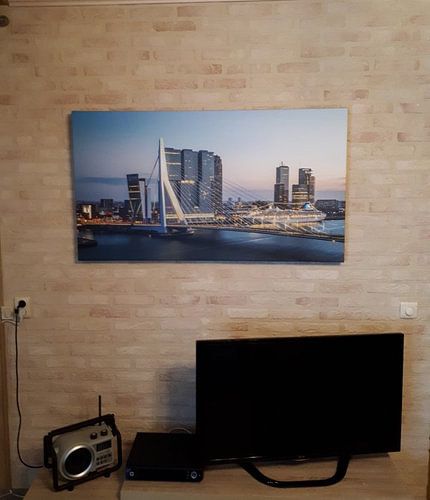
 Netherlands
Netherlands Ordered in November 2020
Ordered in November 2020
 Netherlands
Netherlands Ordered in October 2023
Ordered in October 2023
 Germany
Germany Ordered in March 2020
Ordered in March 2020
 Germany
Germany Ordered in March 2019
Ordered in March 2019
 Germany
Germany Ordered in May 2021
Ordered in May 2021
About the material
ArtFrame™
Interchangeable Art Prints
- High-quality print
- Easily interchangeable
- Acoustic function
- Large sizes available
Discover the artworks of Silva Wischeropp
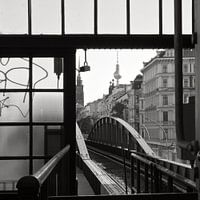 Underground station of the U2 line - special train to PankowSilva Wischeropp
Underground station of the U2 line - special train to PankowSilva Wischeropp Berlin underground station Eberswalder Strasse of line U2Silva Wischeropp
Berlin underground station Eberswalder Strasse of line U2Silva Wischeropp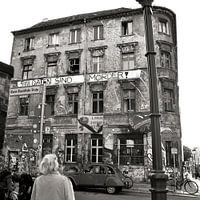 Old, squatted house in the Scheunenviertel district of Berlin-MitteSilva Wischeropp
Old, squatted house in the Scheunenviertel district of Berlin-MitteSilva Wischeropp The Trevi Fountain - Fontana di TREVI in RomeSilva Wischeropp
The Trevi Fountain - Fontana di TREVI in RomeSilva Wischeropp Mysterious, Sicilian facadeSilva Wischeropp
Mysterious, Sicilian facadeSilva Wischeropp Banana leaves in the warm autumn lightSilva Wischeropp
Banana leaves in the warm autumn lightSilva Wischeropp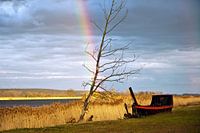 Magical rainbow at the OderbruchSilva Wischeropp
Magical rainbow at the OderbruchSilva Wischeropp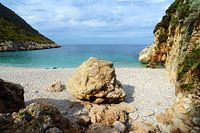 Magic Sicilian Sea SoundSilva Wischeropp
Magic Sicilian Sea SoundSilva Wischeropp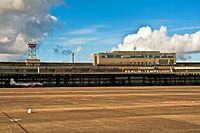 Former Berlin-Tempelhof AirportSilva Wischeropp
Former Berlin-Tempelhof AirportSilva Wischeropp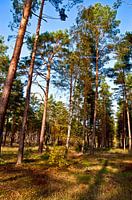 Pines in the autumnal October lightSilva Wischeropp
Pines in the autumnal October lightSilva Wischeropp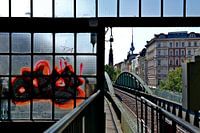 Popular underground station on the U2 line on Eberswalde StrasseSilva Wischeropp
Popular underground station on the U2 line on Eberswalde StrasseSilva Wischeropp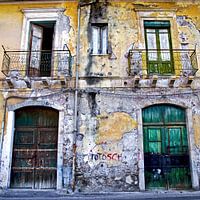 Once upon a time in Taormina on the island of SicilySilva Wischeropp
Once upon a time in Taormina on the island of SicilySilva Wischeropp Imaginative sand dunes at Henne Strand in JutlandSilva Wischeropp
Imaginative sand dunes at Henne Strand in JutlandSilva Wischeropp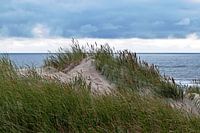 Wonderful sand dune at Henne Strand in JutlandSilva Wischeropp
Wonderful sand dune at Henne Strand in JutlandSilva Wischeropp Women bathing on the beach at Nha Trang in VietnamSilva Wischeropp
Women bathing on the beach at Nha Trang in VietnamSilva Wischeropp Summer morning walk through the pine forestSilva Wischeropp
Summer morning walk through the pine forestSilva Wischeropp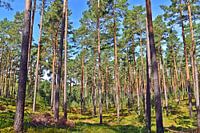 The proud elegance of the pines in the sunlightSilva Wischeropp
The proud elegance of the pines in the sunlightSilva Wischeropp Paradise Isola Bella on the east coast of SicilySilva Wischeropp
Paradise Isola Bella on the east coast of SicilySilva Wischeropp Abandoned former Berlin-Tempelhof AirportSilva Wischeropp
Abandoned former Berlin-Tempelhof AirportSilva Wischeropp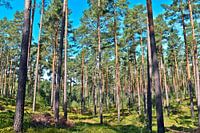 Summer morning in the magical pine forestSilva Wischeropp
Summer morning in the magical pine forestSilva Wischeropp
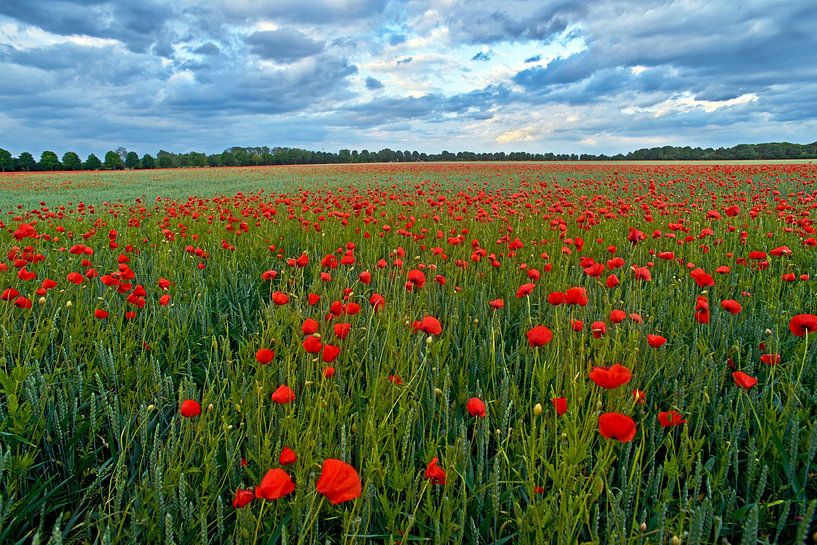












 Flowers
Flowers Germany
Germany Landscapes
Landscapes Meadow
Meadow Nature and weather
Nature and weather Photo wallpaper
Photo wallpaper Photography
Photography Poppy Family
Poppy Family Poppy flower
Poppy flower Serene Peace
Serene Peace Spring
Spring Vibrant Colors
Vibrant Colors









